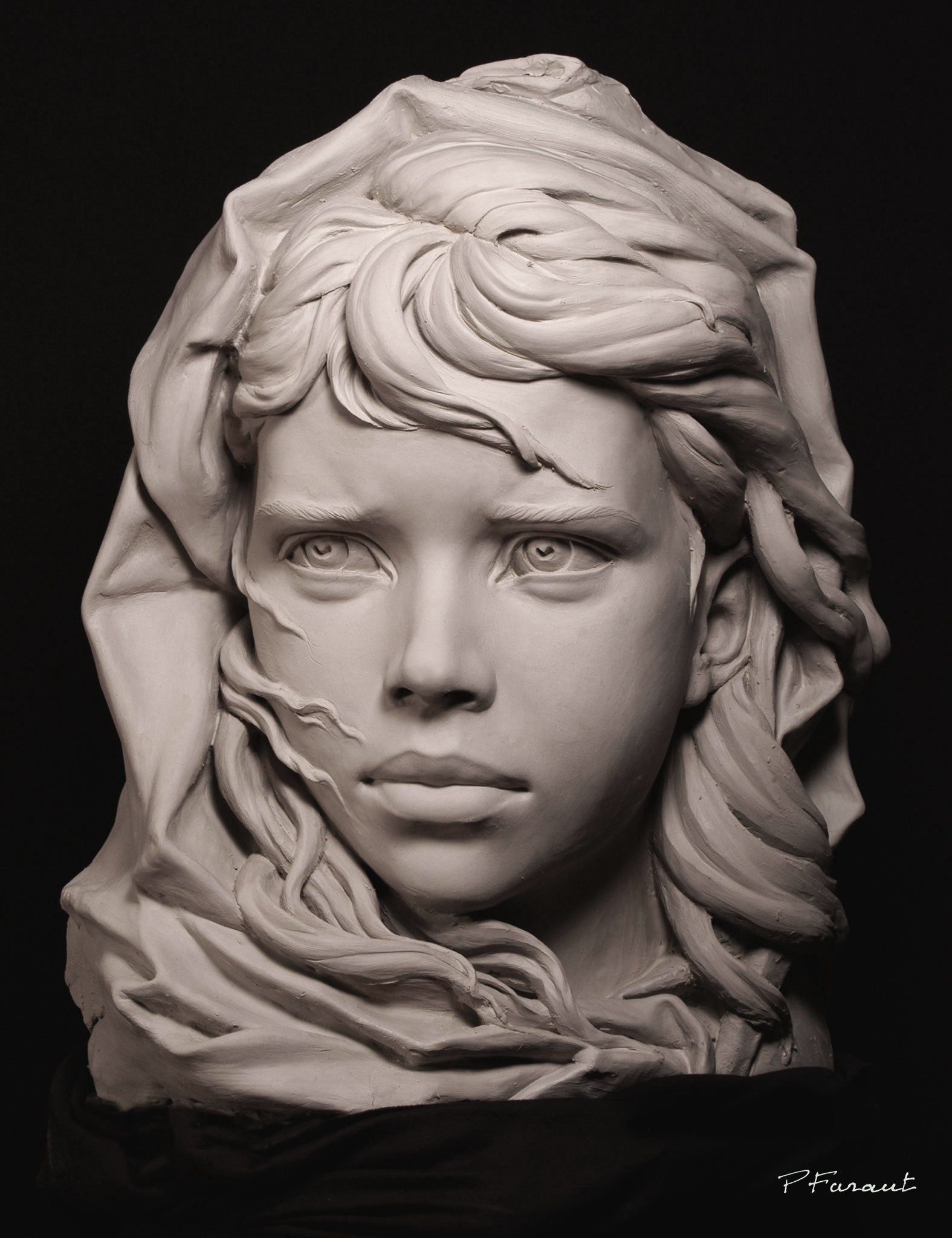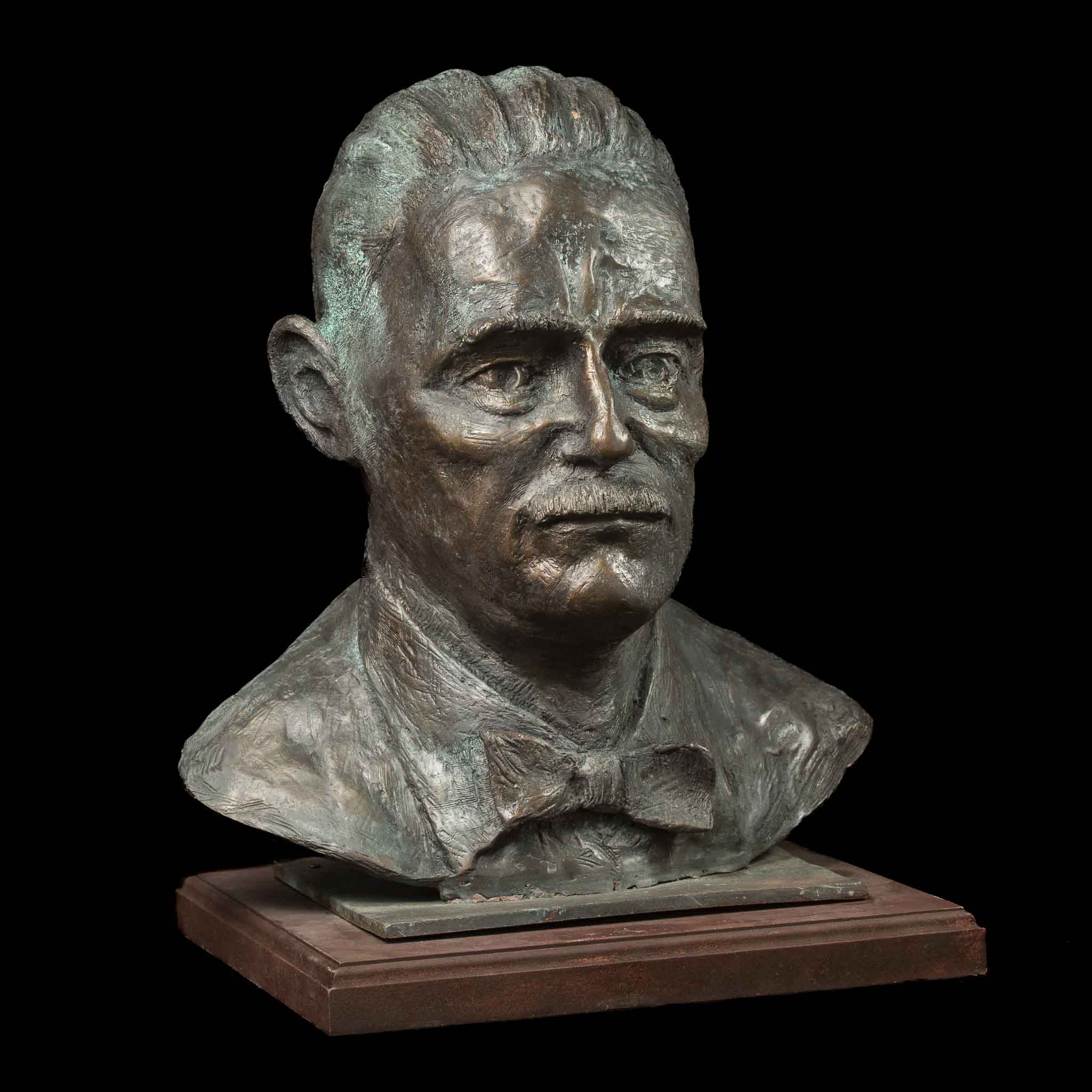Bronze Sculptures: Timeless Artistry Cast in Bronze
Wiki Article
Checking Out Various Materials in Sculpture Art
From ancient stone sculptures to modern mixed media productions, musicians have constantly discovered the limitless possibilities of different products. In this article, we will certainly dive right into the fascinating world of exploring different materials in sculpture art. We will discover the classic elegance of stone sculptures, the detailed workmanship of metal masterpieces, the pliability of clay productions, the unusual use of combined media, and the makeover of regular things into extraordinary works of art.Rock Sculptures: Old and Classic
Stone sculptures have actually long been appreciated for their long-lasting beauty and ageless appeal. Dating back thousands of years, rock sculptures have been a famous type of imaginative expression across numerous societies and civilizations. From the old Egyptians and Greeks to the Mayans and Chinese, artists have actually utilized rock as a medium to develop breathtaking artworks that have actually stood the examination of time.Among the crucial factors for the lasting popularity of stone sculptures is the resilience of the material itself. Unlike various other tools that may deteriorate over time, rock has actually proven to be resilient and able to hold up against the aspects. This resilience has permitted rock sculptures to endure for centuries, working as a testimony to the workmanship and skill of the musicians that produced them.
Furthermore, stone sculptures have a sense of durability and strength that is unequaled by other materials. The weight and structure of rock provide sculptures a feeling of visibility and material, making them a centerpiece in any space they populate. Whether displayed in galleries, gardens, or public rooms, stone sculptures command attention and evoke a sense of timelessness.
Additionally, the natural beauty of rock adds to its appeal as a medium for carvers. The distinct shades, patterns, and appearances discovered in various sorts of stone add to the aesthetic allure and imaginative expression of the sculptures. From the smooth sophistication of marble to the sturdy beauty of granite, each kind of rock supplies its own distinctive aesthetic top qualities, enabling musicians to produce truly distinctive pieces.
Steel Masterpieces: From Iron to Bronze
Proceeding the expedition of materials in sculpture art, the change from rock to steel yields a new realm of creativity and craftsmanship. Metal sculptures have a abundant and long history, going back to old worlds. From iron to bronze, artists have actually harnessed the special homes of these steels to create masterpieces that astound and motivate.
Bronze, on the other hand, offers a different collection of high qualities that musicians have actually utilized to wonderful effect. Its pliability and capacity to hold great details make it an optimal product for shaping delicate and intricate forms. Bronze sculptures often radiate a sense of beauty and grace, with their smooth surfaces and refined patinas.


Clay Creations: Flexible and malleable
Clay sculptures, with their flexible and flexible nature, offer artists a wide variety of imaginative possibilities on the planet of sculpture art. Clay, an all-natural product composed of minerals and water, has actually been utilized by artists for centuries to develop complex and expressive sculptures.

Artists can manipulate the clay utilizing their devices or hands, enabling for the development of complex details and structures. This malleability provides artists the freedom to experiment and check out different types and styles.
Another advantage of clay is its adaptability in terms of shooting techniques. It can be terminated at different temperature levels, resulting in various coatings and results. For instance, low-fired clay develops a permeable and delicate surface area, while high-fired clay produces a durable and smooth finish.
Additionally, clay provides artists the chance to function in both additive and subtractive techniques. They can develop up layers of clay to create a sculpture from scratch, or they can sculpt away excess clay to expose the preferred type.
Clay sculptures can be completed with various techniques, such as glazing, painting, or including other products like steels or wood. This additional boosts the imaginative opportunities and enables the creation of special and aesthetically striking pieces.
In conclusion, the malleability and versatility of clay make it an optimal tool for artists to discover their creativity in sculpture art. Its capacity to be built, discharged, and completed in various means opens a globe of opportunities, permitting artists to bring their visions to life through the meaningful and responsive nature of clay sculptures.
Multimedia Magic: Unconventional Products in Sculpture
With an expanding interest in pressing the borders of traditional sculpture, musicians have actually started to accept multimedias as a way of including unconventional products right into their creative developments. By integrating different products, musicians can develop vibrant and visually striking sculptures that test the audience's understanding of what sculpture can be.Multimedias sculptures often include a combination of products such as timber, metal, textile, discovered objects, and even organic products like plants or animal components. These unusual materials include deepness, structure, and implying to the art work, enabling musicians to check out brand-new ideas and concepts.
One instance of multimedias sculpture is the job of artist Louise Nevelson - Portrait Sculptor. She is understood for her assemblages made from found items and discarded materials. Her sculptures, frequently repainted in monochromatic colors, develop elaborate and abstract structures that stimulate a sense of secret and symbolism
One more artist who uses mixed media in sculpture is Ron Mueck. He creates hyper-realistic sculptures by combining materials such as silicone, fiberglass, and human hair. Mueck's sculptures challenge our understanding of range and truth, as he frequently produces larger-than-life or mini figures that appear extremely natural.
Combined media sculpture enables musicians to experiment with non-traditional products, increasing the possibilities of what sculpture can be. Bronze Sculptures. By including various materials, artists can produce provocative and one-of-a-kind artworks that captivate and engage customers in brand-new and unanticipated means
Found Object Art: Changing the Ordinary Into Extraordinary
Found object art is a transformative method that raises daily products right into amazing sculptures. This imaginative approach includes using arbitrary, thrown out things that are repurposed and offered brand-new life. By including these located things into their job, musicians test traditional notions of what constitutes art and produce thought-provoking pieces that engage viewers in special methods.The elegance of located things art hinges on its ability to change the regular into something remarkable. Artists seek thrown out things such as old devices, house objects, or even natural materials like branches and rocks, and utilize them as the structure for their sculptures (Portrait Sculptor). With mindful arrangement, control, and sometimes even modification, these things are transformed into captivating artworks that welcome audiences to reevaluate the worth and potential of daily items
This art type urges customers to question their preconceived ideas of elegance and meaning. By providing acquainted items in strange contexts, discovered things art tests us to see the globe in exciting and brand-new ways. It urges us to look past the surface great post to read area and discover concealed stories and links within the objects themselves.
Conclusion
In final thought, checking out various products in sculpture art permits artists to share their creative thinking and bring their visions to life. Rock sculptures display the old and classic elegance of all-natural products, while steel work of arts show the convenience and toughness of iron and bronze. Clay productions provide a flexible and malleable medium for musicians to form and mold and mildew (Robert C Hitchcock Sculptor). Combined media magic and found things art challenge standard ideas of sculpture, transforming average materials into remarkable artworks.From ancient stone sculptures to contemporary blended media creations, artists have continually discovered the endless possibilities of different products. Clay sculptures, with their malleable and versatile nature, deal musicians a vast array of imaginative possibilities in the world of sculpture art. Clay, a natural material composed of minerals and water, has been utilized by artists for centuries to produce meaningful and detailed sculptures.
In verdict, the pliability and versatility of clay make it an optimal medium for musicians to explore their imagination in sculpture art.In verdict, discovering various materials in sculpture art allows artists to express their creativity and bring their visions to life.
Report this wiki page